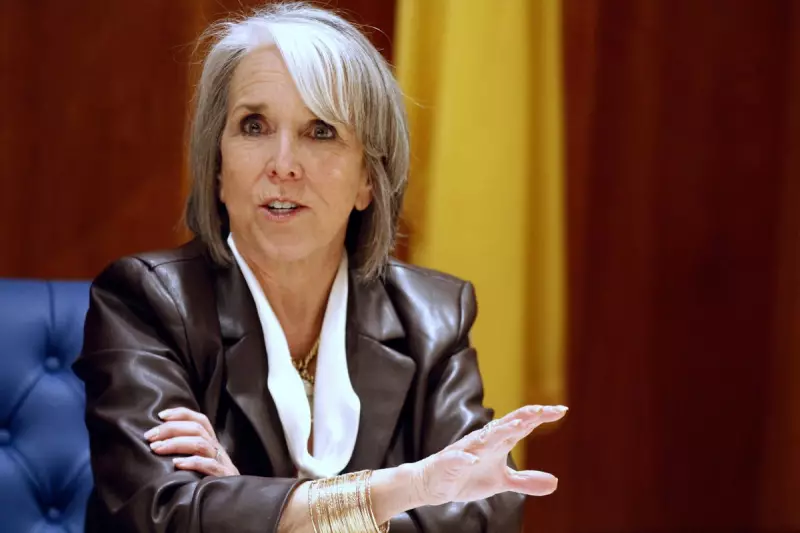
In a bold political move that sets up a direct confrontation with Trump-era healthcare policies, New Mexico's Democratic Governor Michelle Lujan Grisham has announced a sweeping expansion of Medicaid coverage that will benefit hundreds of thousands of residents.
Healthcare Access Breakthrough
The groundbreaking initiative will extend Medicaid eligibility to an estimated 205,000 additional New Mexicans, dramatically increasing healthcare access across the state. This represents one of the most significant state-level healthcare expansions since the Affordable Care Act.
Direct Challenge to Previous Administration
Governor Lujan Grisham's announcement positions her administration in direct opposition to the healthcare approach championed by former President Donald Trump. While Trump repeatedly sought to dismantle or weaken the Affordable Care Act, New Mexico is moving in the opposite direction - strengthening and expanding public healthcare provisions.
Economic and Social Implications
The expansion carries profound implications for both public health and state economics:
- Reduced uncompensated care costs for hospitals and healthcare providers
- Improved preventive care and chronic disease management
- Potential economic stimulus through healthcare job creation
- Decreased emergency room visits for routine medical issues
Political Landscape Shift
This move signals a significant shift in healthcare strategy at the state level, demonstrating how Democratic-led states are charting their own course on healthcare policy. The expansion places New Mexico at the forefront of states actively working to counter federal healthcare cuts and restrictions.
Political analysts suggest this could become a model for other Democratic-controlled states seeking to bolster their healthcare systems while federal policy remains uncertain.
Implementation Timeline
The Medicaid expansion is expected to roll out in phases, with state officials projecting full implementation within the next fiscal year. The program will be funded through a combination of state resources and federal matching funds, leveraging existing Medicaid infrastructure.





